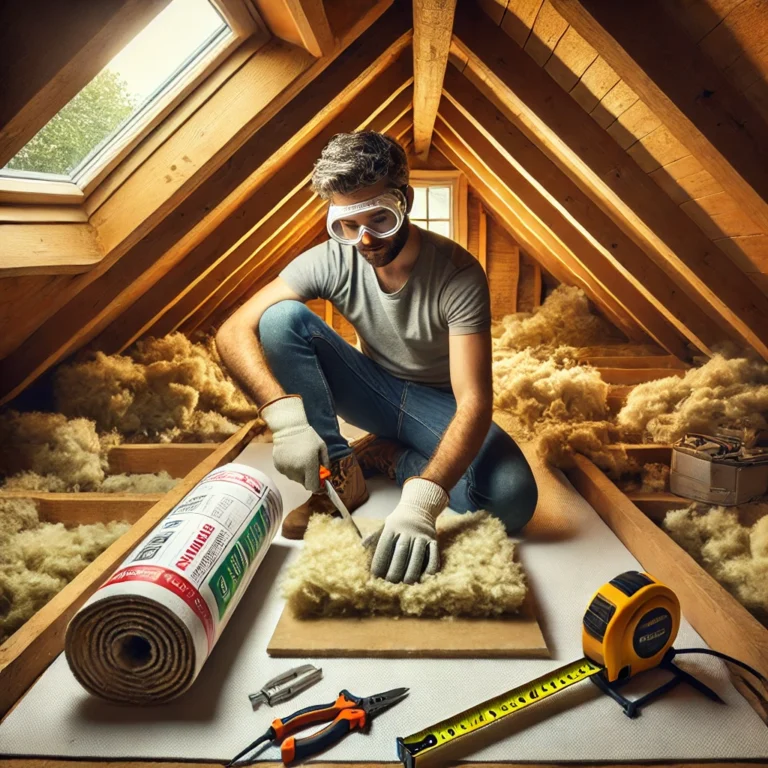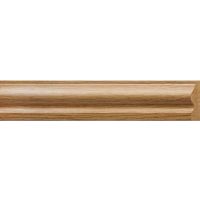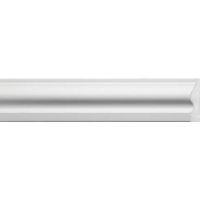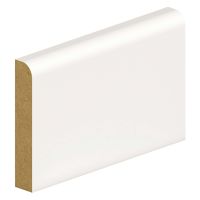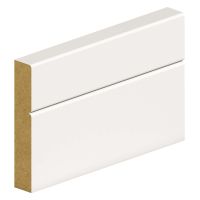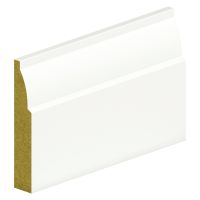A flawless paint job starts long before the roller hits the wall. Master these critical steps for professional results:
-
Surface Preparation: Fill holes and cracks with a quality filler, sand smooth, then wipe down with a damp cloth or sugar-soap solution to remove dust, grease, and cobwebs.
-
Primer & Sealers: On new plaster or drywall, apply a water-based primer-sealer to equalize surface porosity and prevent patchiness. For bare timber—especially softwoods—use a stain-blocking primer to stop knots and tannins bleeding through topcoats.
-
Masking & Protection: Use 36 mm painter’s tape along trim, baseboards, and light switches. Lay drop cloths or plastic sheeting over floors and furniture, securing edges to avoid paint splatter.
-
Cutting-In Technique: With an angled synthetic brush, paint a 2 cm border at ceilings, corners, and trim before rolling. Work in small sections, keeping a wet edge to avoid lap marks.
-
Rolling Strategies: Load your roller evenly by rolling it in a deep tray, then remove excess on the tray’s ridge. Apply paint in overlapping ‘W’ or ‘M’ patterns before smoothing out, ensuring uniform coverage.
-
Thin, Multiple Coats: Two good coats always outperform one thick coat. Allow manufacturer-recommended dry times (usually 2–4 hours) between coats for maximum durability and colour depth.
-
Environmental Conditions: Paint when temperatures are between 10 °C and 25 °C and humidity is below 70 %. High humidity or low temps extend drying times and can cause drips.
By investing time in prep, using quality primers and tools, and applying paint methodically, you’ll achieve a clean, smooth finish that withstands everyday wear and elevates your space to showroom standard.




